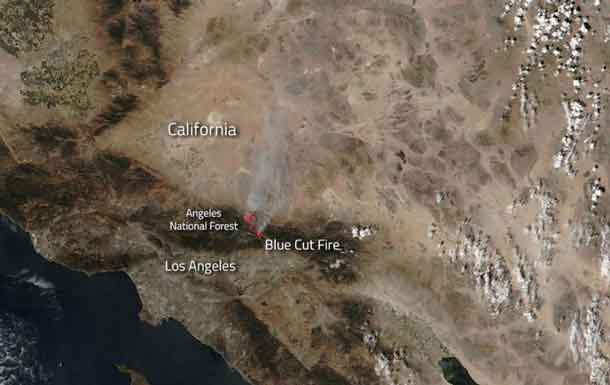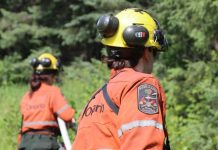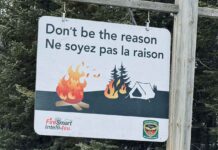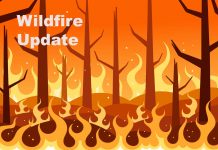
 THUNDER BAY – While the forest fire threat in Northwestern Ontario is not at its peak this season, across Canada many areas are experiencing major threats to homes and lives due to wildfires.
THUNDER BAY – While the forest fire threat in Northwestern Ontario is not at its peak this season, across Canada many areas are experiencing major threats to homes and lives due to wildfires.
Ecclesiastical Insurance is mindful that wildfires are an on-going and ever-increasing threat to many communities across Canada as evidenced by the current fires in the Central Interior of BC and last year’s wildfires in Fort McMurray, Alberta.
The government of Canada’s Natural Resources website provides statistics and historical data on the number of wildfires across Canada each year. So far, in 2017, there have been 2,275 wildfires with a 10-year national average of 3,541. Natural Resources Canada, cites climate change as the main cause for the increase in fires in Canada’s boreal forests, and predicts a potential doubling of the amount of area burned by the end of this century, compared with amounts burned in recent decades.
Although these are discouraging statistics, Colin Robertson, Ecclesiastical’s Vice President, Operations and Risk Control, advises that “There are pre-emptive measures that can be taken to protect property. The first step is often the most effective — clearing combustible debris away from buildings — including obvious things like dry grass, leaves, brush, stacks of firewood, etc., and some less obvious things like a wood fence and even a wooden deck”.
Other measures include:
- Thinning out or pruning trees that are near buildings and clearing away vegetation from power lines, propane tanks and other fuel supplies.
- Embers can fly into eaves and vent openings and set a building on fire from the interior. Ensure they are free of debris and properly screened.
- Remove leaves and twigs from roofs, fit the chimney with a spark arrestor screen, and keep well maintained.
- Intense heat can go right through windows igniting drapes and furniture. Replace fabric window coverings with heat-resistant products; and ideally, install outside non-combustible shutters which can be quickly closed in an emergency.
- Good access for emergency vehicles is vital. Defensible spaces or fire breaks should stretch out at least 30 feet from a building, and large concentric rings of fuel reduction set further out improve the odds. The clearer the area, the better the chance a fire crew will be able to protect your property.
Always follow the instructions of your local authorities and take immediate action as instructed to protect persons and property.
If evacuating the area and time permits property owners should:
- Shut off the natural gas supply and electricity to the building.
- Close exterior windows and shut down the building ventilation system to reduce airflow and prevent smoke from circulating throughout the building.
- Close all interior doors and fire separation doorways in the hall.
- Lock entry doors to prevent unauthorized entry and possible looting.
- Move vehicles away from the building.
- Have an emergency preparedness plan in place so employees and visitors to the property know what to do. The plan should include possible exit routes and a safe place to meet if the need to evacuate arises.
- Prepare a 72-hour emergency supply kit with: water, non-perishable foods, battery-powered radio, flashlight, extra batteries, first aid kit, any prescription medications, sturdy shoes, identification, cash and any special needs items.





